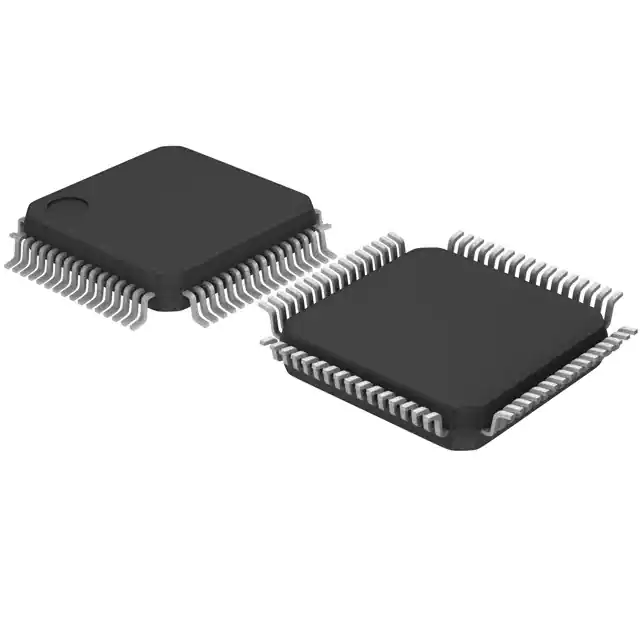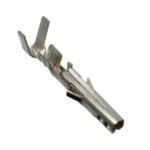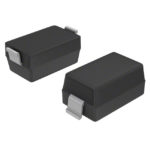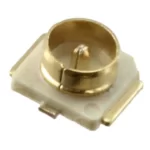The Future of Electronics: A Comprehensive Guide to Integrated Circuits
As an electronics enthusiast, I have always been fascinated by the tiny yet powerful components that make our gadgets work. Integrated circuits are one such component that has played a crucial role in shaping the modern electronics industry. In this comprehensive guide, I will take you through the history, types, advantages, manufacturing process, applications, future trends, and challenges of integrated circuits.
Introduction to Integrated Circuits
Integrated circuits, commonly known as ICs or microchips, are tiny electronic components that contain a large number of transistors, resistors, capacitors, and other electronic components on a small piece of semiconductor material. They are widely used in electronic devices such as computers, smartphones, medical devices, and automobiles, to perform various functions like processing, controlling, and storing data.
The invention of the integrated circuit in 1958 by Jack Kilby and Robert Noyce revolutionized the electronics industry by enabling the development of smaller, faster, and more powerful electronic devices. Today, integrated circuits are available in various shapes and sizes, ranging from a few millimeters to a few centimeters.
History and Evolution of Integrated Circuits
The history of integrated circuits can be traced back to the invention of the transistor by William Shockley, Walter Brattain, and John Bardeen in 1947. The transistor replaced the bulky and unreliable vacuum tubes that were used in electronic devices at that time. In the following years, transistors were miniaturized and integrated onto a single chip of silicon, leading to the invention of the integrated circuit.
The first integrated circuit, developed by Jack Kilby at Texas Instruments in 1958, contained only a few transistors and resistors. However, in the following years, the number of components that could be integrated onto a single chip grew exponentially, leading to the development of complex microprocessors and memory chips.
Types of Integrated Circuits
Integrated circuits can be broadly classified into two types: analog and digital. Analog integrated circuits process continuous signals, such as sound and radio waves, while digital integrated circuits process discrete signals, such as binary data.
Analog integrated circuits are used in applications such as audio amplifiers, sensors, and power management, while digital integrated circuits are used in applications such as microprocessors, memory chips, and logic gates. There are also mixed-signal integrated circuits that combine both analog and digital circuits on a single chip.

Advantages of Integrated Circuits
Integrated circuits offer several advantages over discrete electronic components. Firstly, they are smaller in size, which enables the development of smaller and more portable electronic devices. Secondly, they are more reliable and have a longer lifespan than discrete components. Thirdly, they consume less power and generate less heat, which is crucial for battery-powered devices. Finally, they are cheaper to produce than discrete components, as the manufacturing process can be automated, leading to economies of scale.
How Integrated Circuits are Made
The manufacturing process of integrated circuits involves several steps, including design, wafer fabrication, and packaging. The design of the integrated circuit is first created using specialized software, which generates a set of instructions for the manufacturing process.
The wafer fabrication process involves the deposition of multiple layers of materials, such as oxide, silicon, and metal, onto a circular silicon wafer. The layers are patterned using a photolithography process, which involves the use of light to transfer the pattern onto the wafer. This results in the formation of transistors, resistors, and other electronic components on the wafer.
The final step in the manufacturing process is packaging, where the integrated circuit is mounted onto a plastic or ceramic package and connected to external leads. The package provides protection to the integrated circuit and allows it to be easily integrated into electronic devices.
Common Applications of Integrated Circuits
Integrated circuits are used in a wide range of electronic devices, from simple toys to complex medical equipment. Some common applications of integrated circuits include:
- Computers and smartphones
- Audio and video equipment
- Medical devices, such as pacemakers and insulin pumps
- Automotive systems, such as engine control units and airbag sensors
- Aerospace equipment, such as navigation systems and communication devices
Future Trends in Integrated Circuit Technology
The future of integrated circuits is exciting, with several new technologies on the horizon. One of the most promising technologies is 3D integration, which involves stacking multiple layers of integrated circuits on top of each other, leading to higher performance and lower power consumption.
Another emerging technology is the use of new materials, such as graphene and carbon nanotubes, in the manufacturing process. These materials offer several advantages over silicon, including higher conductivity and thermal stability.
Challenges Facing Integrated Circuit Development
Despite the many advantages of integrated circuits, there are several challenges facing their development. One of the major challenges is the increasing complexity of the design process, as the number of components on a single chip continues to grow. This requires new design tools and methodologies to ensure that the integrated circuit functions correctly.
Another challenge is the increasing cost of manufacturing, as the process becomes more complex and requires more specialized equipment. This has led to a consolidation of the semiconductor industry, with fewer companies able to afford the high cost of entry.
Impact of Integrated Circuits on the Electronics Industry
The impact of integrated circuits on the electronics industry cannot be overstated. They have enabled the development of smaller, faster, and more powerful electronic devices, from smartphones to supercomputers. They have also led to new industries, such as the semiconductor industry, which employs millions of people worldwide.
The development of integrated circuits has also had a significant impact on society, enabling new forms of communication, entertainment, and medical treatment. They have transformed the way we live, work, and interact with each other.
Conclusion and Final Thoughts
Integrated circuits are a fundamental component of the modern electronics industry, enabling the development of smaller, faster, and more powerful electronic devices. They have a rich history and have evolved significantly since their invention in 1958. They offer several advantages over discrete electronic components, including smaller size, greater reliability, lower power consumption, and lower cost.
The future of integrated circuits is exciting, with several new technologies on the horizon, such as 3D integration and the use of new materials like graphene and carbon nanotubes. However, there are also several challenges facing their development, including the increasing complexity of the design process and the rising cost of manufacturing.
Despite these challenges, integrated circuits will continue to play a crucial role in shaping the future of the electronics industry and society as a whole.


